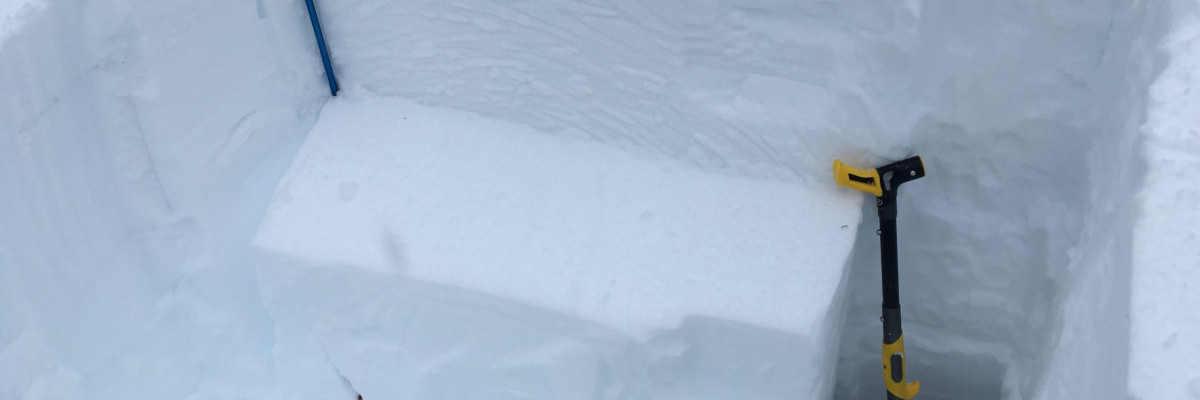The current avalanche danger is MODERATE in the west central Montana backcountry. Human triggered avalanches are possible. Heightened avalanche conditions exist on specific terrain features. Evaluate snow and terrain carefully and identify features of concern.
Good morning, this is Travis Craft with the West Central Montana Avalanche Center’s avalanche advisory for January 20, 2018. This danger rating does not apply to operating ski areas, expires at midnight tonight and is the sole responsibility of the U.S. Forest Service.
Weather and Snowpack
Mountain temperatures range from 14 F to 26 F in the region. In the Bitterroot winds are 3 mph with gusts of 6 out of the SE. In the northern part of the advisory area, winds are reading 9 mph with gusts of 16 mph out of the SSW. The forecast area received 0 to 4 inches of new snow in the last 24 hours.
Logan and I took the sleds to Lolo pass yesterday. Geoff was near Lost Trail pass and, Steve was in the Rattlesnake. Logan and I found a relatively stable snowpack. We saw a very large, rider triggered avalanche that ran on buried surface hoar and stepped down to the Thanksgiving crust near a rock band. Geoff was able to find buried surface hoar, but it did not propagate in tests. Steve was able to get the buried surface hoar to propagate. We got a public observation from the Lolo pass area showing signs of a strengthening snowpack.
The primary avalanche problem is persistent slabs. This layer is not on every slope or aspect. To find the buried surface hoar, you need to dig a pit 3 feet down and see if this layer is present and how reactive it is. There is a rain crust up to 6000 feet with new snow on it. This layer was not reactive in tests but should be investigated by digging a pit.
The second avalanche problem is wind slabs. Leeward slopes have small wind slabs. Look for rounded pillows of snow near ridgelines and cross-loaded slopes. Recognize signs of instability such as cracking in the surface snow. These slabs will be sensitive to human triggers.
This snowpack is a stout Moderate. Many slopes do not have buried surface hoar, but those that do are reactive to triggers. The Thanksgiving crust is still in our snowpack. Though this layer is very hard to trigger, when it goes it is very large. The main take away when dealing with persistent weak layers and deep persistent weak layers in a snowpack are to make conservative choices on terrain. To mitigate the Thanksgiving crust, avoid likely trigger points on slopes where the snowpack is shallower. To combat the buried surface hoar dig a pit. Logan and I saw a very large, rider triggered avalanche that happened in the last week. This picture gives the consequences of triggering the Thanksgiving crust if you trigger another weak layer. Overall the snowpack is getting better, but I still do not trust it.
Avalanche and Weather Outlook
Light snow over the next couple of days. Here is the link to weather discussion. With this forecast look for the avalanche danger to stay the same.
Logan will issue the next advisory on January 23, 2018.
Ski and ride safe.
















